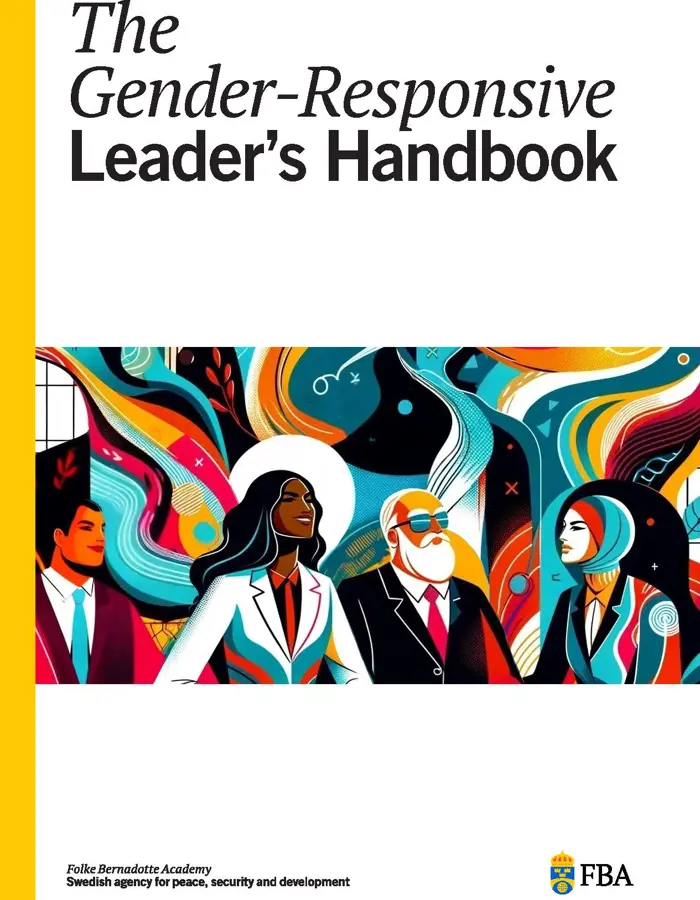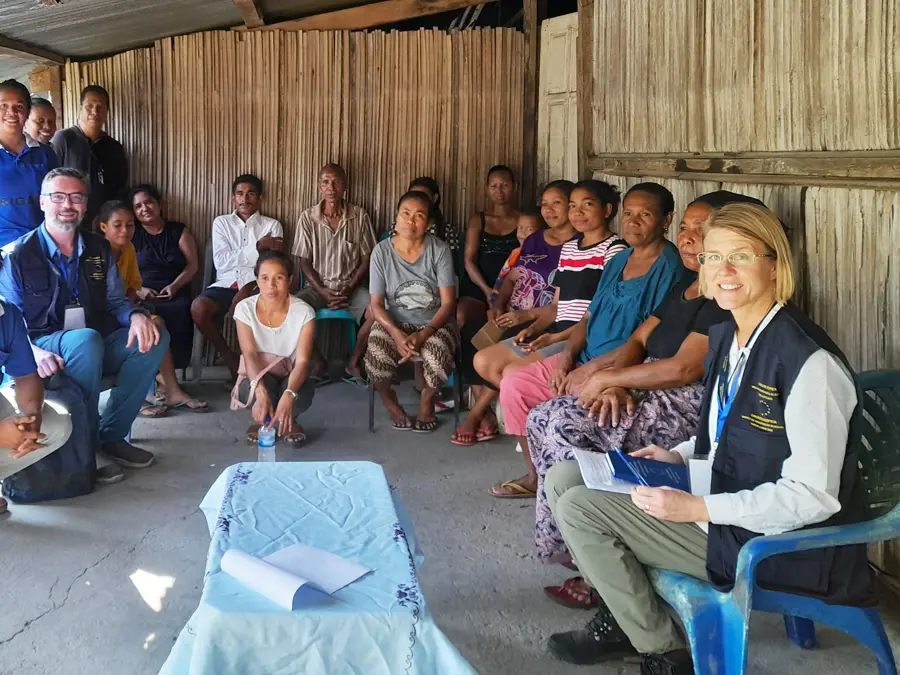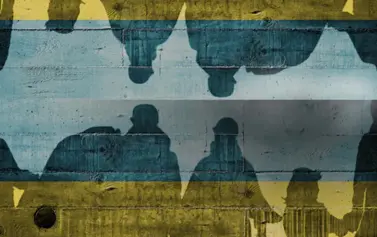Reintegration Around the World: Insights from the DDR Program Dataset (DDRPD), 1953– 2020
Since the 1950's, disarmament, demobilization, and reintegration (DDR) programs have been implemented worldwide. These programs have been used both during wars and after peace agreements to transition ex-combatants from civil conflict back into mainstream society.
Since the 1980s, international organizations, donors, and national governments have increasingly viewed these programs as essential for promoting durable peace and preventing conflict recurrence. DDR also represents a central approach for countering/preventing violent extremism (CVE/PVE). However, policymakers and analysts have been hamstrung in their attempts to understand what lessons are transferable from one DDR setting to another. While between 1945 and 2009 more than half of all civil wars were followed by an additional war, there is little evidence about whether DDR programs can contribute to limiting the risk of war recurrence. Research on the effectiveness of DDR programs has grown, but with little aggregation and comparison of data on DDR programming, there is still limited understanding of the relative contribution of such programming to the prevention of conflict recurrence.







 >
> >
>

